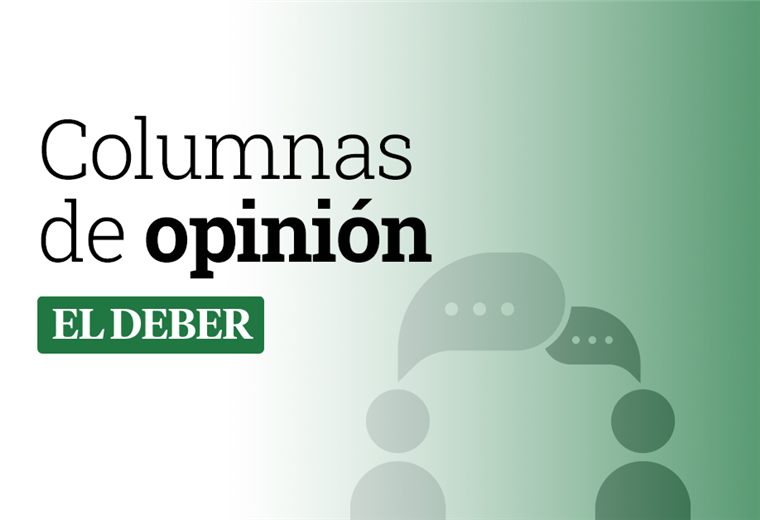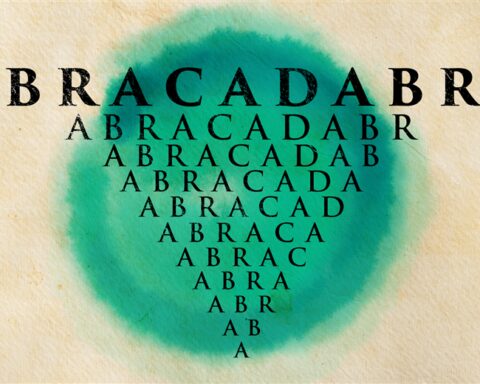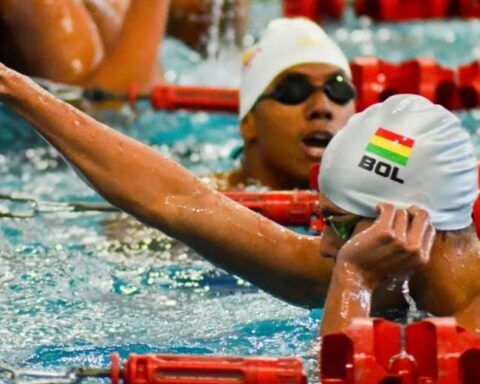May 9, 2023, 4:00 AM
May 9, 2023, 4:00 AM
A robot is a machine programmed to perform tasks automatically, generally by imitating human behavior. The part of science that designs, builds and uses the robot is called robotics and is a branch of engineering.
In the educational system, building a robot has the following advantages: it exercises reasoning by fostering ability to solve problems; stimulates creativity; promotes critical thinking; encourages teamwork and, above all, forms the ability to learn through trial and error, even experimentation. In advanced levels only a specialized teacher will teach robotics.
The development of technical and programming skills, encouraging curiosity, interest in technology and innovation, are other positive aspects.
Its disadvantages are: high cost of equipment and materials; The teacher must have previous technical knowledge, be prepared in programming and technical skills.
Robotics has practical applications in manufacturing, space exploration, medicine, agriculture, security, and education. At home, it supports service and collaboration tasks.
There is a diversity of robots: one of them walks following the scratched line on the ground; another is built only of paper and some simple materials. In high-end cell phones there are robots as virtual assistants, for example, Apple’s Siri or Google Assistant, which use artificial intelligence to answer questions or perform some tasks.
The most complex is Honda’s Asimo humanoid robot that walks, runs, climbs stairs and performs complicated tasks using advanced sensors and control systems. Many of them have human features with skin texture resembling collagen (made of plastic). They do work, talk to their interlocutor, listen, understand and respond. His face has movements surprisingly equal to those of a human, but slower. His eyes do not shine and cannot blink.
The chronosystem (time) that we have to live involves the individual and society, including their cultural values. We are all products of the education of an era.
First the robot was built, which is the automation of a task, then artificial intelligence was applied to make it almost human, because it can store memory (data) and relate that data to produce information. Mr. Minister: what is the approach of his office to incorporate artificial intelligence in Bolivian education so that this century does not devour us? Do you think that our society is prepared to deal with such education? Do not forget, this time is not one of change, now is the change of time.








